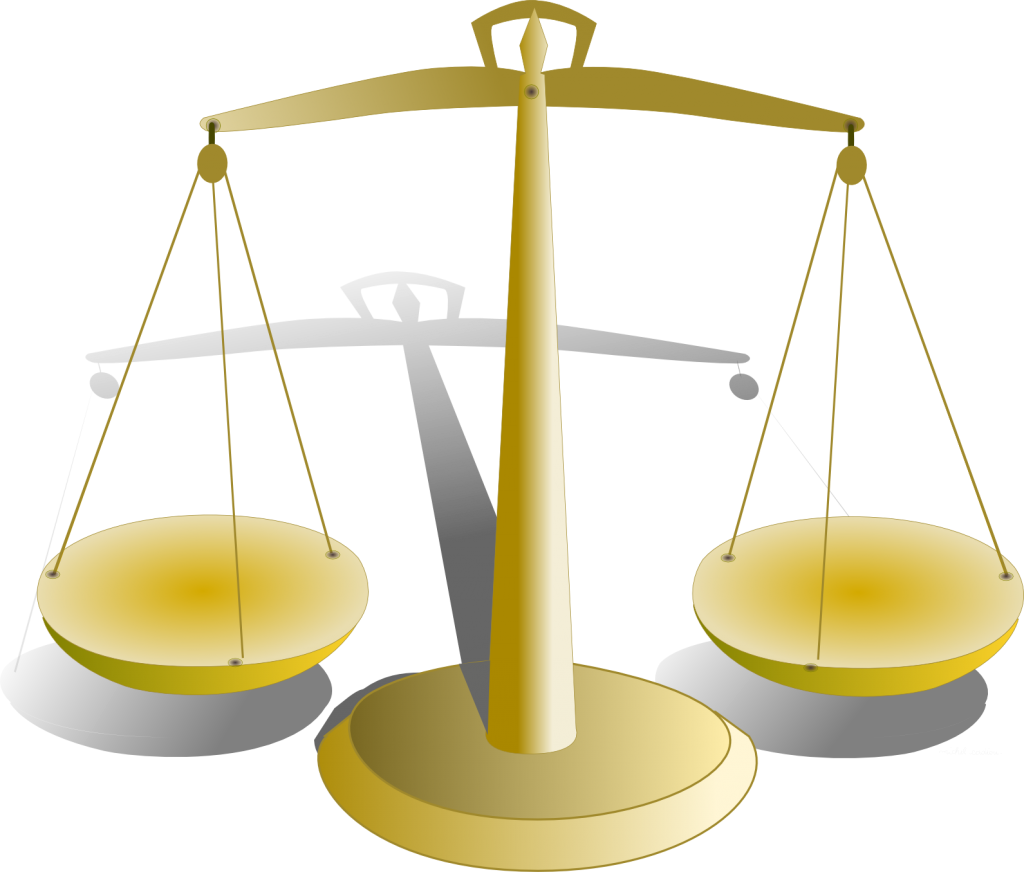Your debt collection letter: Is it getting noticed or tossed?
 The process of collecting a debt can be nothing short of maddening.
The process of collecting a debt can be nothing short of maddening.
You send reminders, you call, you hear excuses until finally, you find yourself writing an angry Final Demand Collection Letter.
If you’ve gone through this process even once, you know how easy it can be to lose your cool. And justifiably so!
But the fact is, unprofessional, angry verbiage or empty threats will most likely get your letter tossed in the trash.
You need your collection letters to pack the right punch. You need them to avoid the circular file and solicit payment all while keeping your customer relationship intact.
Start with carefully crafted letters that are professional, factual and fair.
Write a basic template for a letter when you’re not frustrated. Then, when you use the template, make sure the facts and figures you insert are spot-on. This approach will keep your emotions out of the verbiage.
Of course, always start with a friendly reminder collection letter. But if the friendly attempt goes ignored, you have to change your tone.
Here’s an example of an escalated letter:
Dear [Customer],
We do value your business, but are concerned that your past due balance of [$$] has not been paid.
Our credit policy requires that we place your credit privileges at [your company name] on hold until payment is received on the outstanding balance.
We do not make these decisions lightly, but it is important that we are fair to our business and that we require our customers honor their commitment to our credit terms.
Please give me a call if there is a problem in sending your check for the past due balance today.
Thank you for your attention to this matter.
Sincerely,
[Your name]
It helps tremendously to follow a strict debt collection timeline for collection calls and letters, escalating the tone as you progress. This keeps your communication fair and methodical.
Our recommendation is waiting ten days between each communication for up to ninety days. After that, it’s time to send a Final Demand Letter.
By spacing out your communication in a fair and reasonable manner, you’re more likely to retain good customers who have simply fallen behind.

 Debt collecting has its challenges. As the collector, you have your set of hurdles. Your past due customer has his. Both perspectives represent real people dealing with financial stresses – just trying to make the business work.
Debt collecting has its challenges. As the collector, you have your set of hurdles. Your past due customer has his. Both perspectives represent real people dealing with financial stresses – just trying to make the business work. Most of us have experienced a cash flow problem at one time or another.
Most of us have experienced a cash flow problem at one time or another.